
Ecommerce and Retail

In the battle of online marketplaces, eBay Australia offers a few unique selling points that are quite attractive to online retailers. One of our favorite features, which we’ve mentioned briefly in our Selling On eBay article, is the ability for merchants to set up and open an eBay store. So let’s take a look at what exactly an eBay store is, its advantages and more importantly, whether it’s the right move for you and your business.
If you’re already trading on eBay, you are most likely listing your items under an eBay Business Seller Account and you can continue to do this for as long as you like. A store is the next step in your eBay selling journey providing a single storefront web page that you can brand like your own microsite, as well as benefits including discounted fees and a greater number of free listings than non-store subscribers.
In addition, you’ll have your own URL, a branded banner and a brief paragraph about your business together with details of your feedback score. Regular eBay buyers will also have the ability to follow your store by clicking on ‘Save this seller’ (and your items will then appear in their feed). All your products can also be categorized and sub-categorized to make the shopping experience all the more seamless for your customers.
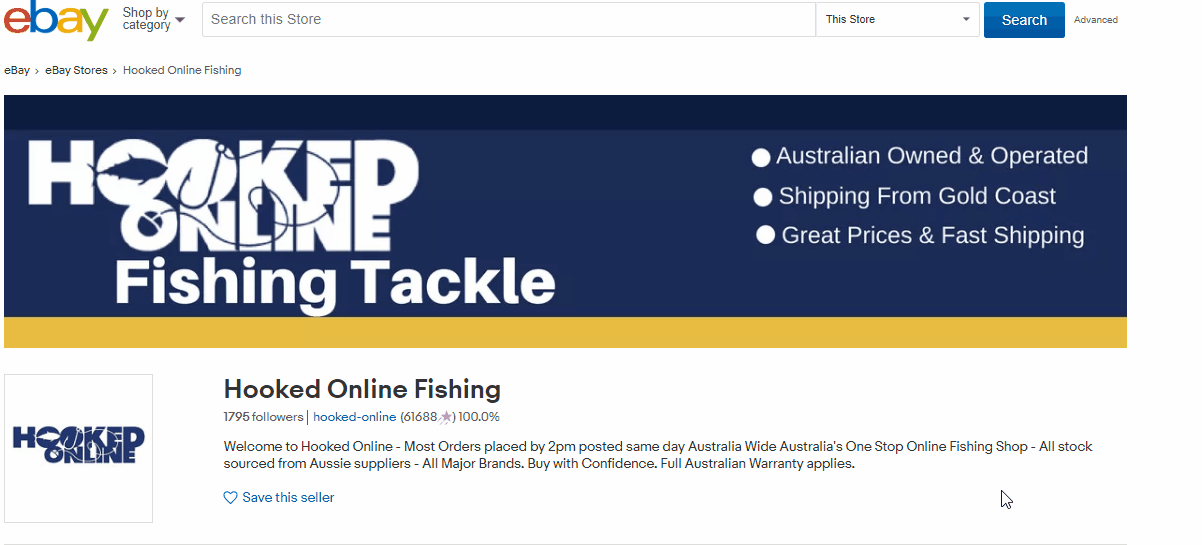
Maybe you’ve been running your online store for a while now, and you’ve been testing the waters selling a few of your product lines on eBay, which has been going really well. Now it’s time to start an eBay store, right? Not necessarily. Before you commit, it’s worthwhile doing a few calculations and checks to ensure that opening a store on eBay Australia is the right move for your business.
Firstly, we recommend that you gain at least three months of trading experience after opening an eBay Seller account. It gives you a chance to figure out how processes work (both within eBay and with your own fulfillment) and will allow you enough time to build positive feedback scores and reviews. eBay also has certain restrictions for new sellers so you’ll want to get past this stage too.
While there’s no hard and fast rules about how much you should be selling before opening a store, the general consensus sits at around $500/month with anywhere from 25 to 200 active listings. If you are in the electronics game it’s worth considering a store even if you’re not quite up to these volumes simply because the subscription packages will discount the final value fees you’re paying. Ditto if you’re selling at least some big-ticket items that are over $3000 per unit.
| Related Reading: eBay, Amazon, or both? We’ve done the research so you don’t have to!
eBay offers a handy little tool called the Fee Illustrator and this will allow you to plug in a few key facts about your business and sales volumes so that you’ll get an idea of which store option best fits your needs (or if you need one at all). Don’t be scared to do additional calculations and figure out whether a more expensive subscription is worth it for your business or whether it will be cheaper to subscribe to a smaller package and just pay for the small number of extra listings you’ll require.
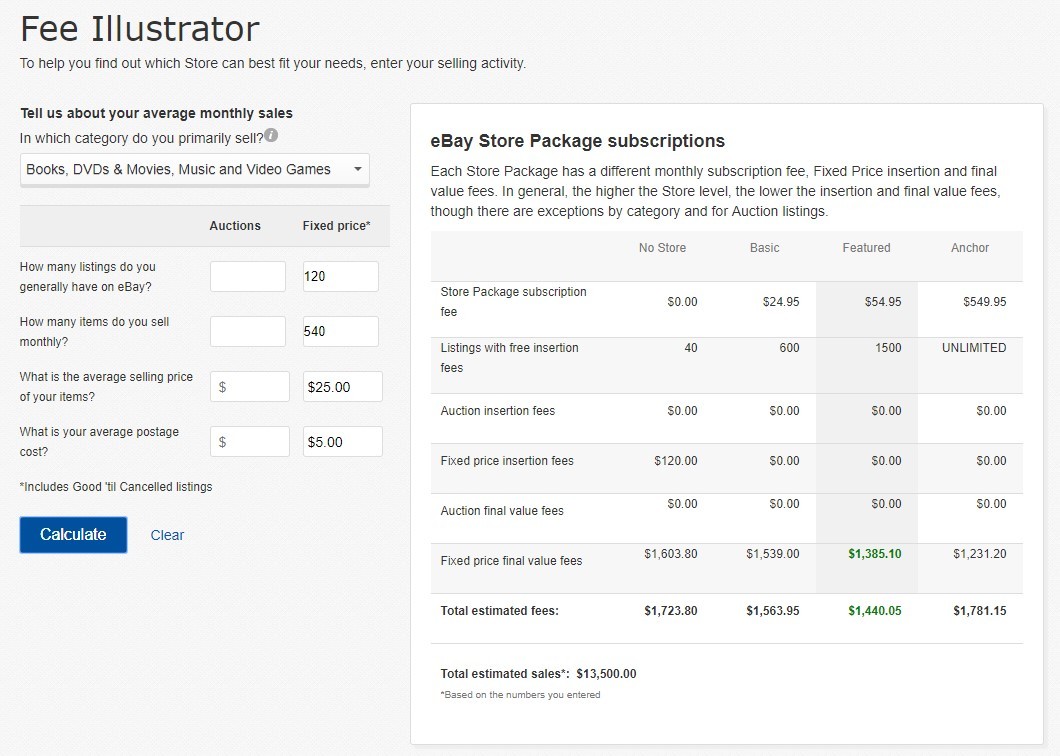
There are three eBay store packages available, each with different monthly subscription fees, insert fees and final value fees and each gives you a different number of free listings per month. As a general rule, the higher the store level, the lower the fees (although there are some exceptions when it comes to auction fees and certain categories).
Naturally there’s a stack of information to go through when it comes to eBay store fees but here’s a high level review of the most important features:
And remember you can always start with a basic store and work up from there if you realise a higher package would suit your business better.
There are essentially three stages you will go through when setting up an eBay store:
1. Setting up your eBay store account
2. Customizing your eBay store
3. Promoting your eBay store
Once you have an eBay Business Seller Account it’s simply a case of going to your Account Settings, clicking on Subscriptions, then Choose a Store. You then need to Select and Review before choosing either a monthly or yearly subscription (monthly might be best in your start-up phase). Once you’ve named your store you’re ready to go.
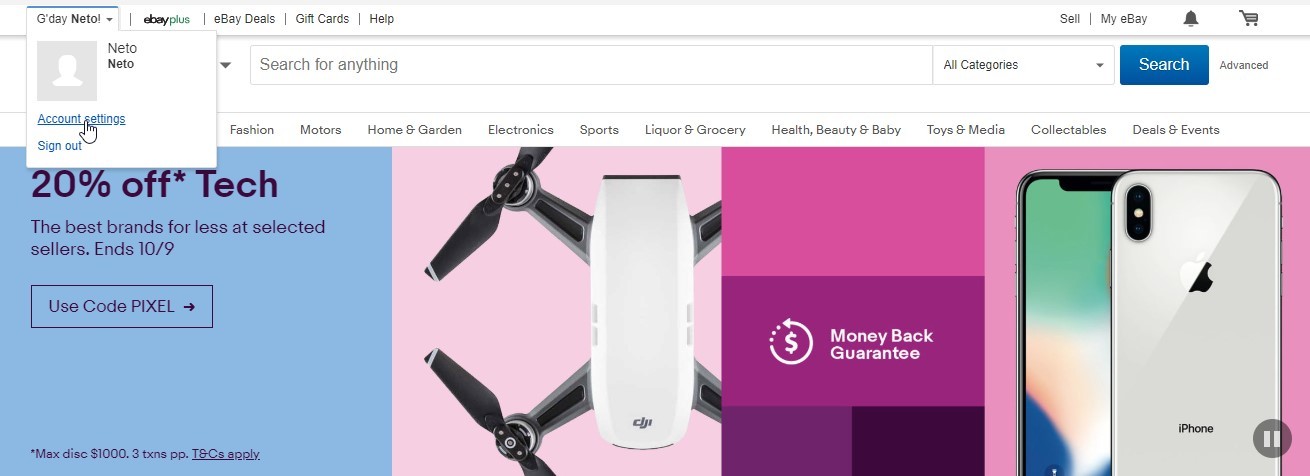
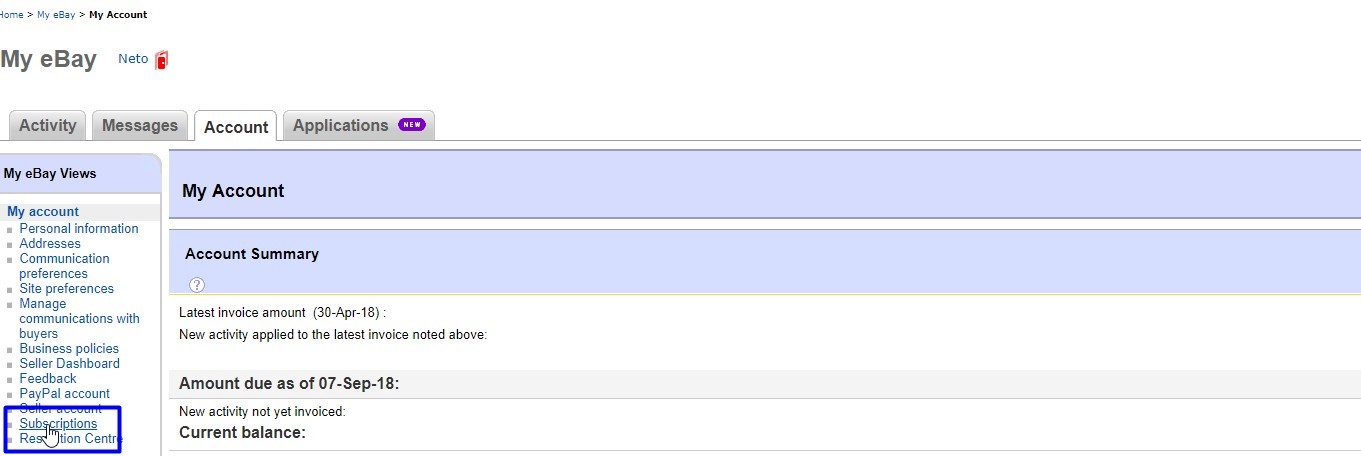
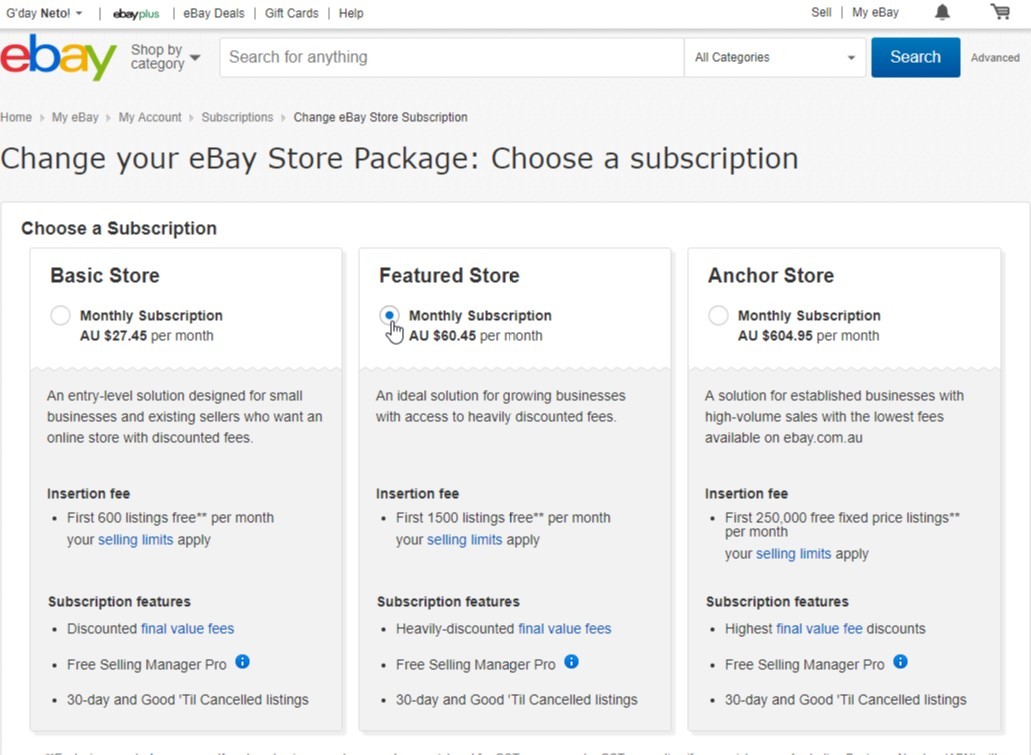
Now it’s time to personalize your store which means uploading your logo, creating a billboard image, writing a store description and choosing your featured listings. Keep the brand imagery and tone of writing consistent with your overall business branding. You can also get clever with your billboard image like our customer Hooked Online. They’ve included bullet points about their key selling points within their billboard banner design.

If you’d also like some invaluable tips on creating listings that really work, check out: 5 easy ways to optimize your product pages for higher conversions. The tips apply not only to your website but also your eBay store and other marketplace listings.
Once your store is up and running you’ll also have access to additional tools for marketing and managing your eBay store.
1. Promoted Listings: This is a paid advertising tool, which generates ads from your listings so it’s super quick to get started.
2. Promotions Manager: This tool allows you to offer order discounts, codeless vouchers, promotional postage and sales events. Keep in mind that with your Neto integration, you can also add promotions and discounts from within your Neto platform and feed them directly through to your listings.
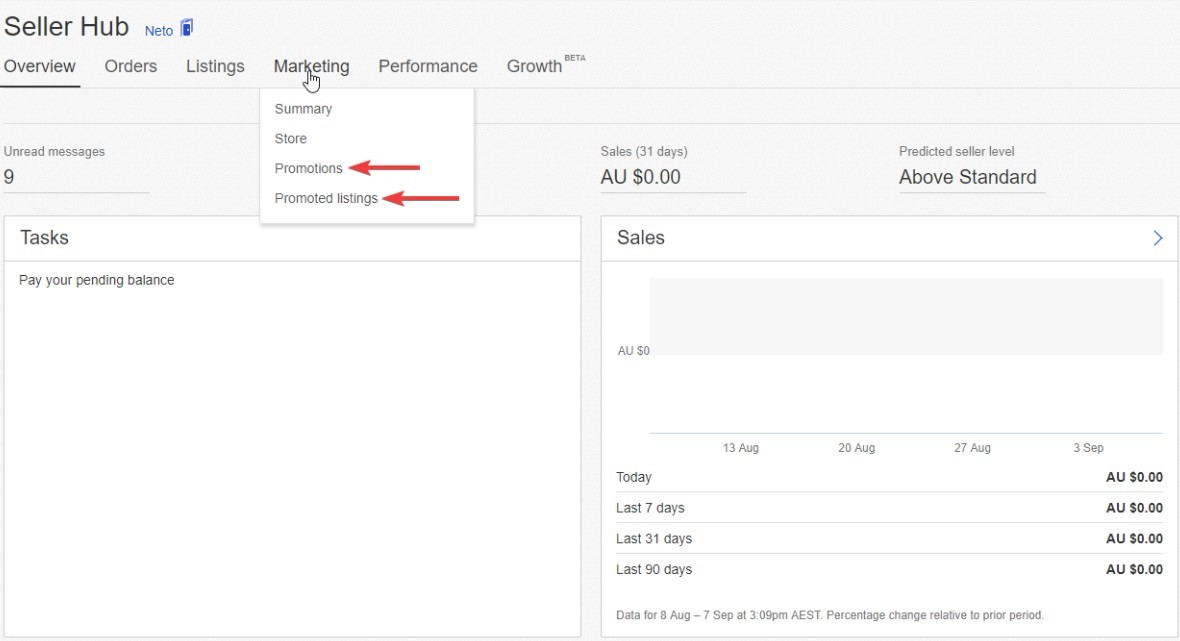
3. Collections: This option allows you to group and share items on eBay that might follow a particular theme.
4. eBay Deals: To participate in this one, you’ll need to meet certain criteria before submitting items for review to the eBay team. They’ll form part of a handpicked selection, which is then promoted to a group of engaged eBay buyers.
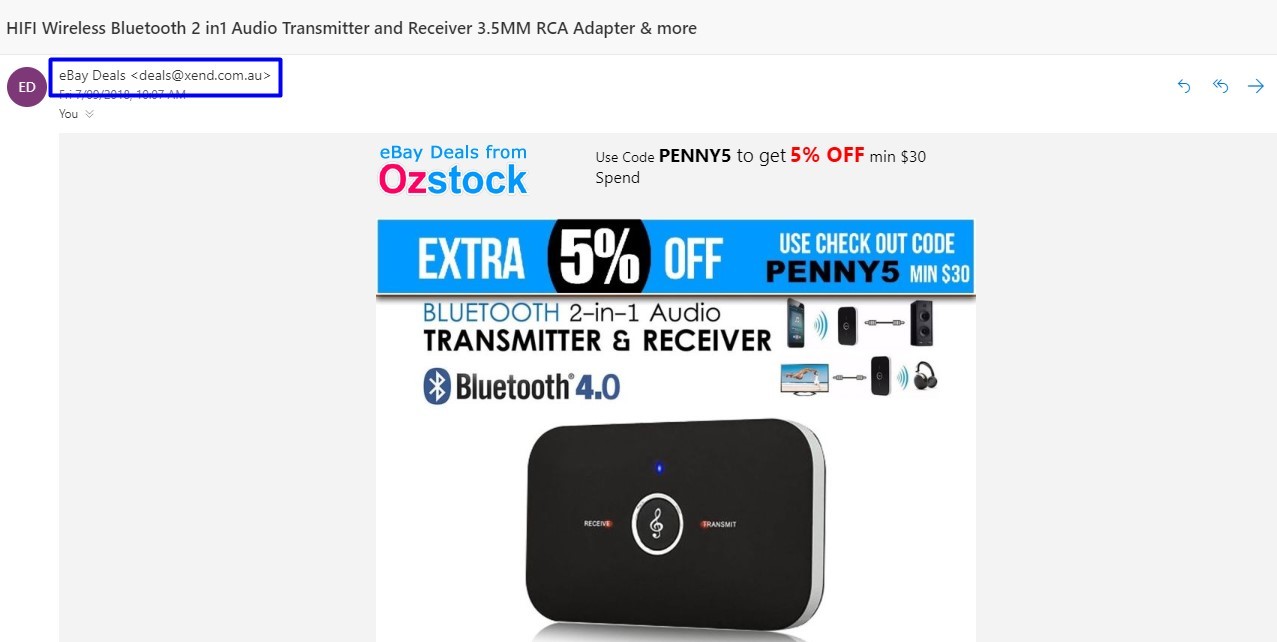
You can also promote your eBay store externally because you’ll have a unique URL to direct potential customers to. This strategy would be suited to a seller who doesn’t have a website but it may still come in handy for other retailers—perhaps you could let your social media followers in on a great eBay special you’ve got running.
And don’t forget, once a customer has purchased through eBay, they’re yours to keep so be sure to include them in your marketing campaigns and turn them into long-term direct customers.
If you’re selling successfully on eBay Australia then it might be the right time to step it up a bit and open an eBay store. Our customers Lucky Pet Supplies and Kick Push have been killing it on eBay so be sure to check out their stores for inspiration.
Try Neto for free, with the eBay integration as part of the standard package.